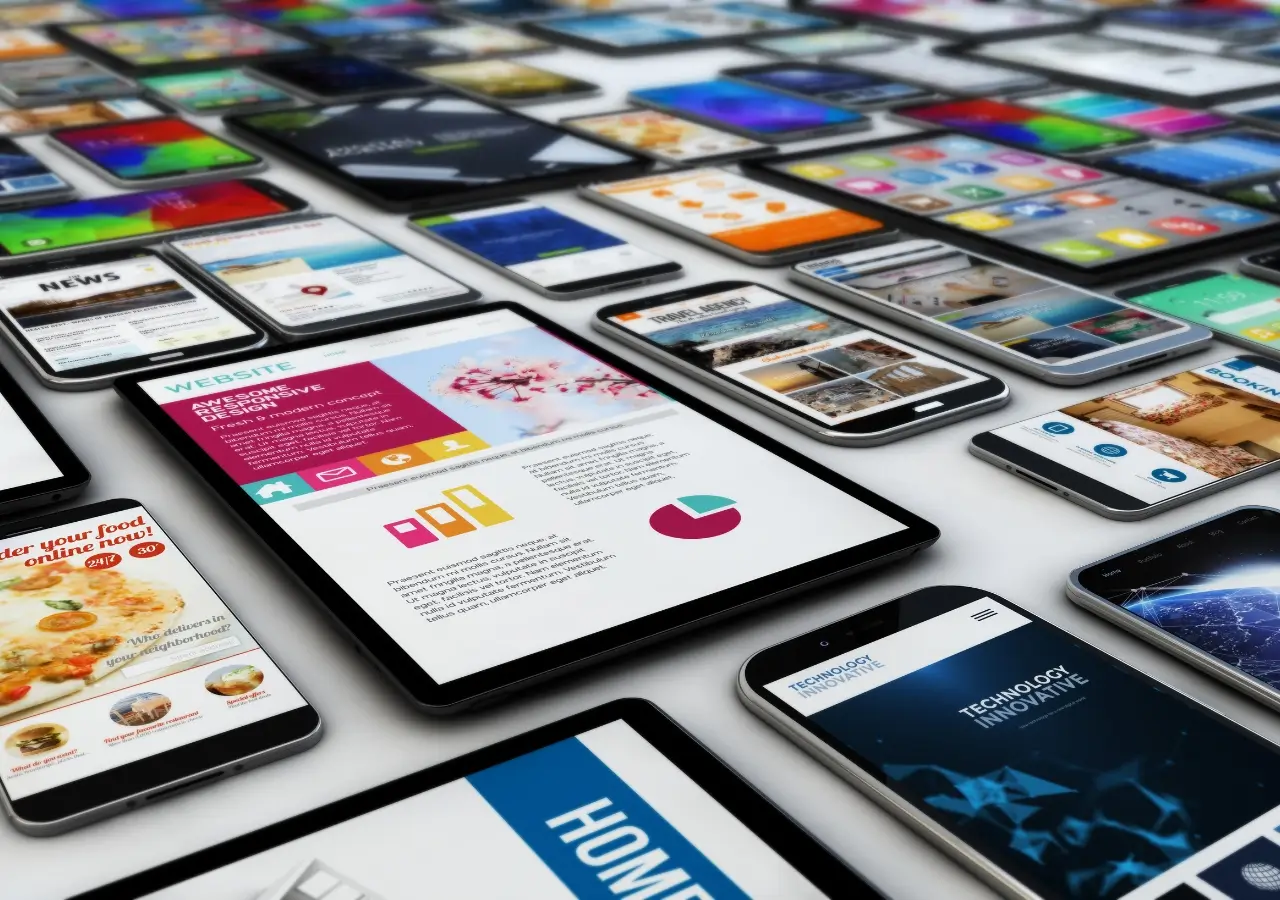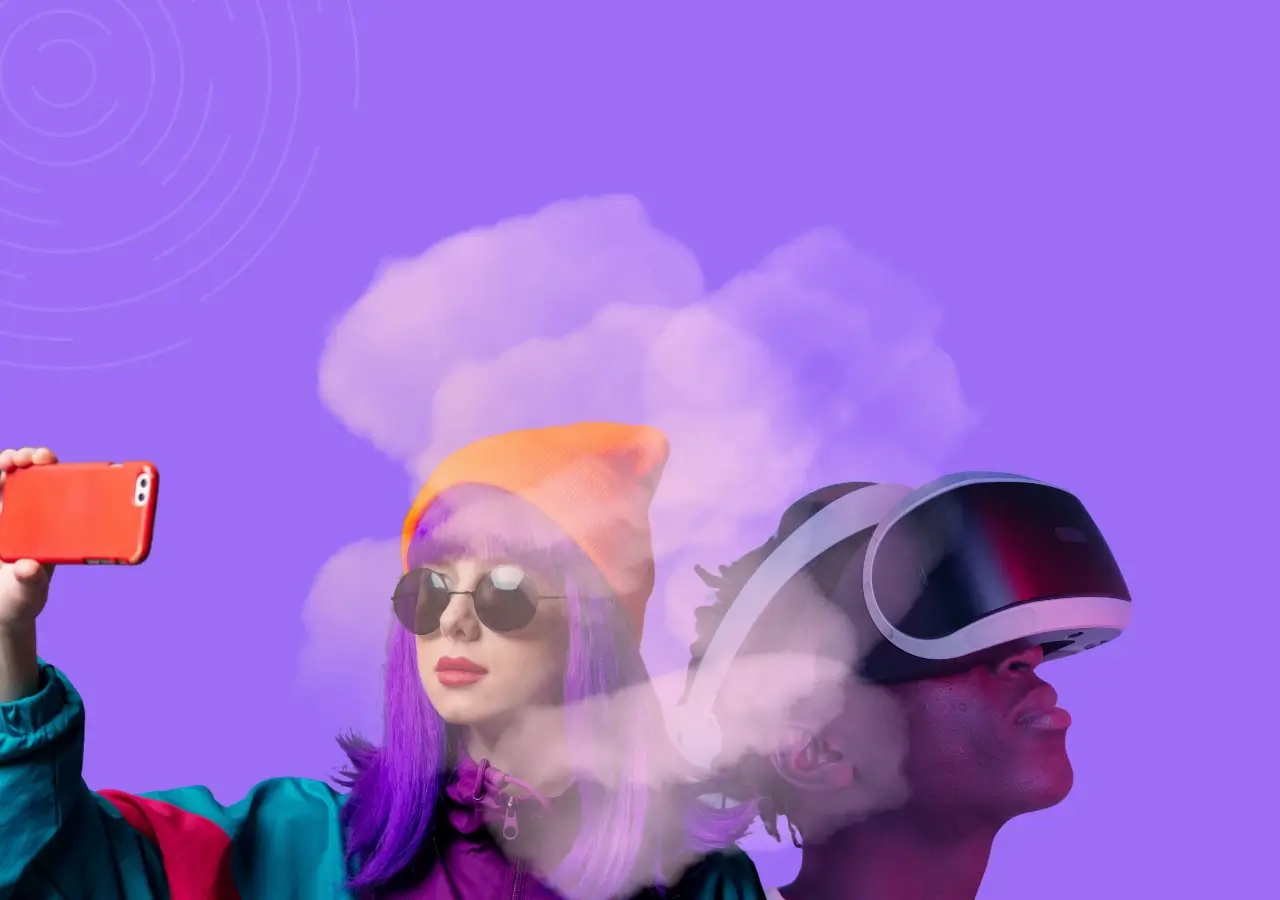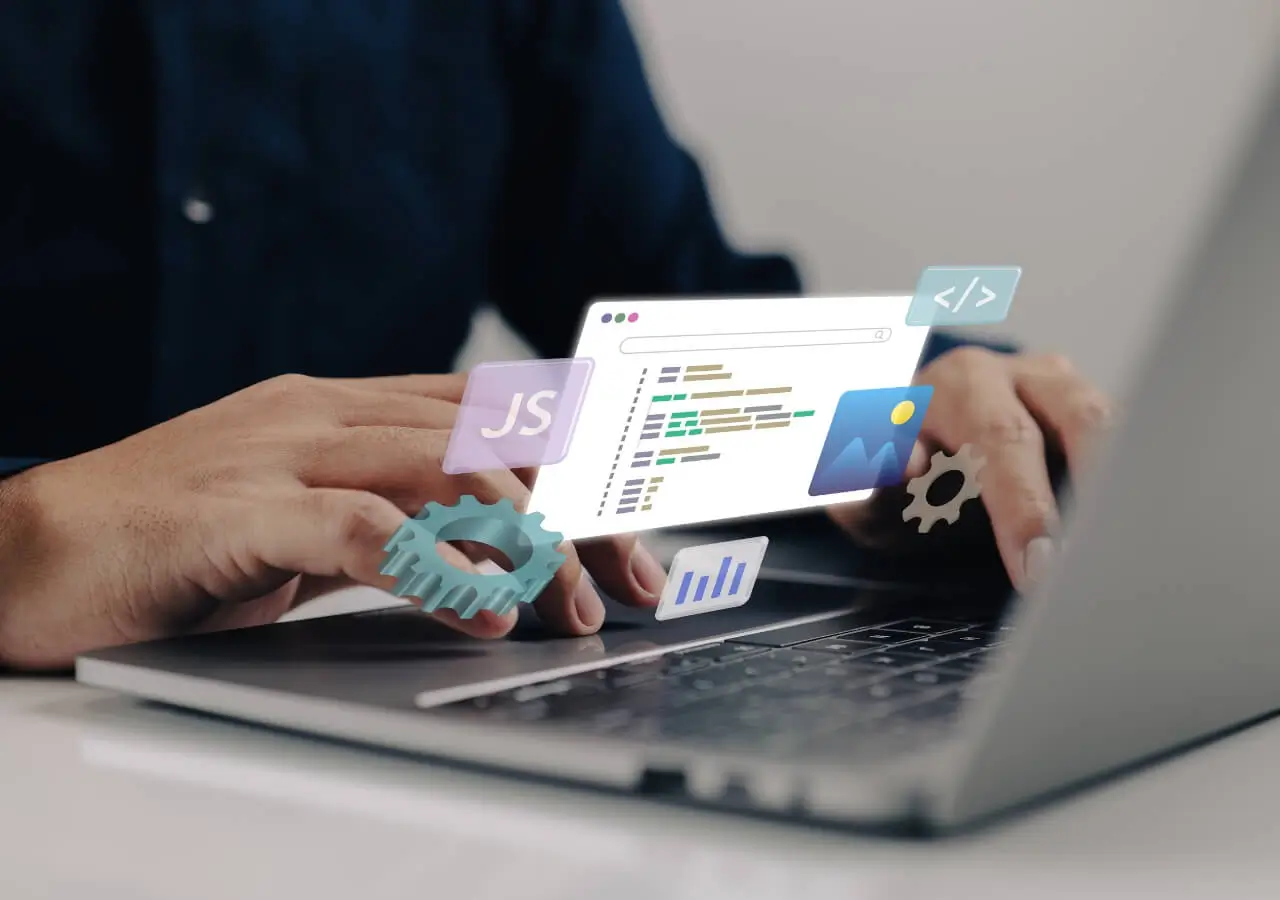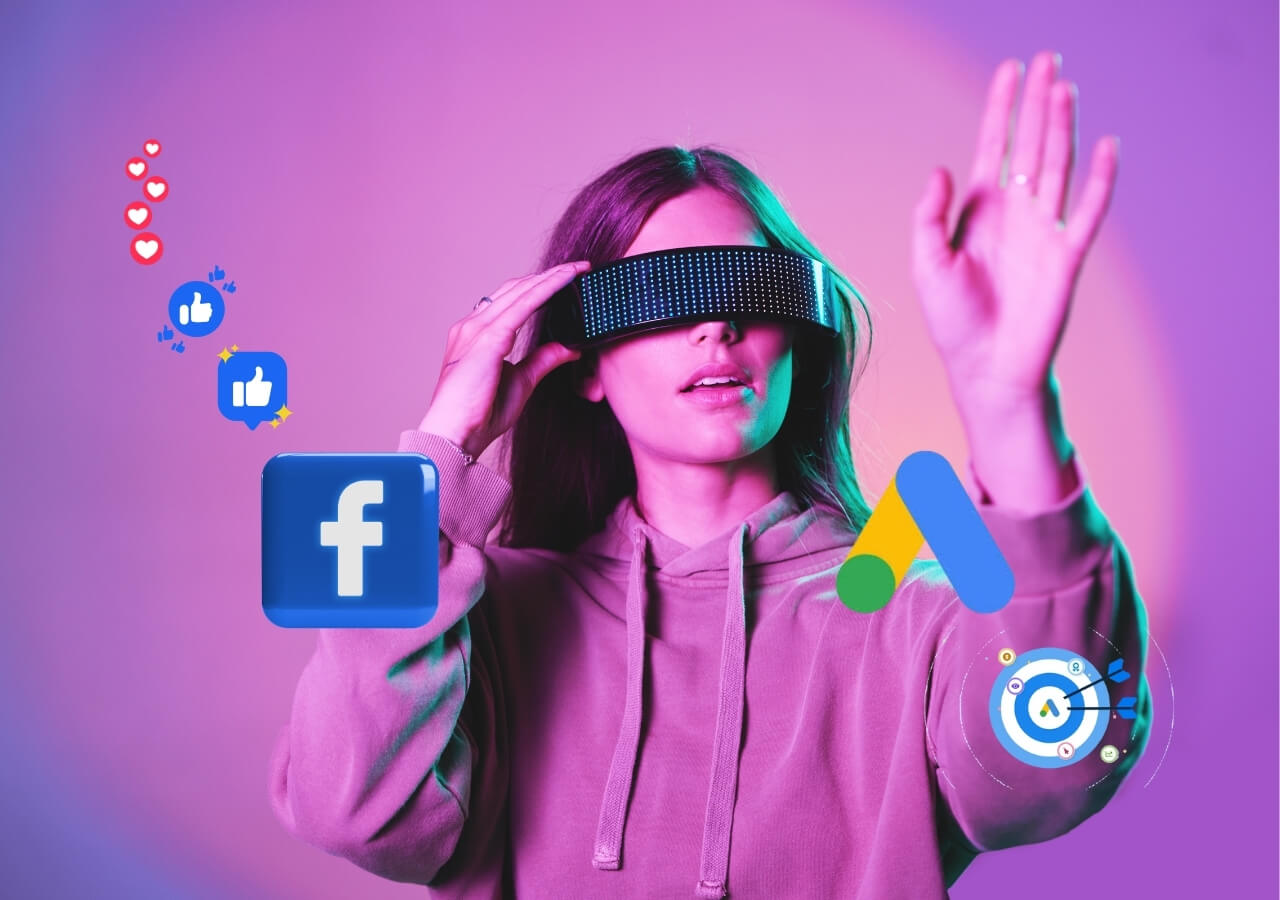As we step into 2025, businesses across the UAE and beyond are realizing that a well designed website is no longer a luxury but a necessity. From aesthetics to functionality, web design trends are adapting to new technologies, user expectations, and market demands. At Coreapplet, a leading web development company based in Dubai, we keep a close eye on these shifts to help our clients stay ahead of the curve.
In this blog, we explore the top web design trends in 2025 that every business should be aware of.
Immersive 3D Visuals and Interactions
Design is redefining how users engage with websites. Gone are the days of flat visuals businesses are now leveraging immersive 3D elements to create more dynamic, engaging, and lifelike digital experiences. Whether it’s an animated product demo, a virtual showroom, or an interactive brand story, 3D visuals grab attention and keep users exploring longer.
These elements not only elevate the aesthetic appeal of your website but also improve how users interact with your products or services. A realistic product view enhances trust and drives purchase decisions, especially in industries like retail, architecture, and tech.
Why it matters:
- Boosts user interaction and retention
- Creates realistic and immersive product showcases
- Makes your brand experience unforgettable
Pro Tip: Use technologies like WebGL or Three.js to implement 3D features smoothly ideal for e-commerce, creative portfolios, or high-impact landing pages.
AI-Powered Personalization
In 2025, Artificial Intelligence is at the core of creating smarter, more personalized websites. Gone are the one size fits all experiences, modern websites now adapt content in real time based on user behavior, preferences, and even location. This AI-driven personalization is helping businesses connect with users on a deeper level, making every visit feel tailored and relevant.
Why is this important? It significantly boosts engagement and satisfaction by delivering content that resonates with each visitor. Whether you’re in retail, real estate, or services, personalized experiences lead to higher conversion rates and customer loyalty.
Why it matters:
- Increases conversion and engagement
- Enhances customer satisfaction
- Delivers content tailored to user needs
Use Case: A fashion e-commerce site in the UAE can showcase seasonal collections based on the user’s past searches, current weather, or their region creating a seamless, intuitive shopping journey powered by AI.
Dark Mode as a Default Option
In 2025, dark mode is more than a trendy feature, it’s becoming a standard in modern web design. With growing demand for eye- friendly browsing experiences, users now expect websites to offer a dark theme by default or at least provide the option. It not only enhances visual appeal but also improves usability, especially for mobile users.
The benefits go beyond aesthetics. Dark mode reduces eye strain during long screen time, conserves battery life on OLED screens, and adds a sleek, modern touch to your brand’s online presence. Businesses that embrace this shift show attention to user comfort and modern design standards.
Why it matters:
- Minimizes eye fatigue
- Saves battery life on mobile devices
- Offers a stylish, updated visual experience
SEO Tip: Always test dark mode readability. Ensure your fonts, icons, and content maintain proper contrast to meet accessibility standards and provide a seamless user experience.
Micro-Interactions for Better UX
Micro interactions are subtle animations or visual cues that respond to user actions, making websites feel more interactive and intuitive. In 2025, these small design elements are playing a big role in enhancing user experience. From button hover effects to loading spinners and swipe gestures, they guide users smoothly and provide instant feedback.
Why it matters:
- Boosts user engagement
- Improves navigation flow
- Adds a polished, professional feel
Examples include toggle switches, animated icons, and form validations. These details may be small, but they make your site more responsive and enjoyable to use.
Voice Enabled Interfaces
As voice assistants like Siri, Alexa, and Google Assistant become more ingrained in daily life, voice enabled features are making their way into website design. In 2025, websites will offer voice navigation and search capabilities, creating a more accessible and hands free experience for users. This shift is crucial for catering to a wider audience, including those with disabilities or those who prefer voice commands for convenience.
Why it matters:
- Increases accessibility for all users
- Enhances user convenience by allowing hands free interaction
- Facilitates multitasking, making browsing more efficient
Implementation Tip: Integrate voice search on your site using tools like Web Speech API to allow users to quickly find content and engage with your site without lifting a finger. Embrace this trend to improve user experience and stay ahead of the curve.
Minimalism with Purpose
In 2025, minimalism is not just a design trend but a purposeful strategy. Clean, uncluttered websites prioritize content, functionality, and user experience, eliminating distractions that can overwhelm visitors. The result is a more streamlined and effective browsing experience.
Why it matters:
- Enhances site speed, as fewer elements load faster
- Focuses user attention on key content
- Improves readability and smooth navigation, making it easier for users to find what they need
Design Insight:
To achieve a minimalist design, use plenty of white space, a simple color palette, and bold typography. These elements guide users through the page without overwhelming them, ensuring a clear and engaging experience. Minimalism with purpose isn’t just about aesthetics, it’s about creating a seamless journey for your website visitors.
Sustainable Web Design
Eco-conscious design is gaining momentum, especially in environmentally aware markets like the UAE. Sustainable web design emphasizes energy efficiency, fewer server requests, and optimized images to reduce carbon footprint.
Why it matters:
- Supports corporate social responsibility
- Improves website performance
- Attracts eco-conscious consumers
Quick Fixes: Compress media files, use green hosting providers, and reduce unnecessary scripts.
Mobile-First and Thumb-Friendly Web Design
With the majority of users accessing websites on smartphones, mobile first design remains a top priority. In 2025, websites will focus even more on creating thumb-friendly navigation and gesture based user experiences to ensure smooth and intuitive interactions on mobile devices.

Why it matters:
- Enhances mobile usability, providing a seamless browsing experience
- Boosts search engine rankings, as Google prioritizes mobile-friendly websites
- Increases user retention, keeping visitors engaged on mobile platforms
Pro Tip: Position key call-to-action (CTA) buttons within easy reach of the thumb zone to improve engagement. Thumb-friendly design ensures that users can navigate your site effortlessly, creating a more enjoyable experience and encouraging conversions.
Inclusive and Accessible Web Design
Inclusive and accessible web design will be a key focus for businesses looking to provide an optimal experience for all users. Accessibility isn’t just about meeting legal requirements, it’s about ensuring your website is usable by as many people as possible, including those with disabilities. Prioritizing inclusive design creates a better overall user experience, making your site more welcoming and functional for a diverse audience.
Why it matters:
- Reaches a wider audience: Accessibility features allow individuals with disabilities to navigate and engage with your site.
- Improves SEO performance: Search engines reward websites that are accessible, as they tend to have better structure and content.
- Aligns with global standards: Following accessibility guidelines ensures your website meets legal and ethical standards worldwide.
Checklist:
- Add alt texts for images
- Implement keyboard navigation
- Ensure proper contrast ratios
- Make sure your site is screen reader compatible
Tools to Use:
Use tools like Hotjar, Google Analytics, Crazy Egg, and VWO to analyze user behavior, identify accessibility gaps, and make improvements. By focusing on inclusivity, you’ll not only improve your website’s effectiveness but also boost conversion rates and brand reputation.
Cinematic Scrolling and Visual Storytelling
Scrolling is no longer just a means of navigation, it’s an immersive experience. Cinematic scrolling techniques combine text, animation, and media to guide users through a visually rich narrative, turning every scroll into a part of the story. This approach makes the user journey more engaging and memorable.
Why it matters:
- Captivates visitors: Cinematic scrolling keeps users hooked and encourages them to explore more of your content.
- Increases conversion rates: The interactive, engaging experience often leads to higher conversions and actions.
- Improves site effectiveness: With dynamic visuals, users are drawn deeper into the site, improving overall engagement.
- Tells a compelling brand story: It allows businesses to effectively communicate their brand narrative in a memorable way.
- Encourages deeper exploration: Users are more likely to scroll through the entire page, discovering more content and features.
By leveraging cinematic scrolling and visual storytelling, businesses can create a more engaging and effective website that leaves a lasting impression.
Embrace the Future of Web Design
The web design trends of 2025 reflect a growing need for smarter, cleaner, and more interactive digital experiences. For businesses in the UAE looking to stand out, embracing these trends is not just about staying modern, it’s about staying relevant. At Coreapplet, we specialize in transforming these trends into functional, results driven websites tailored to your brand and business goals.
Whether you’re looking to refresh your current site or build a new one from scratch, our Website Design And Development team is here to help.






